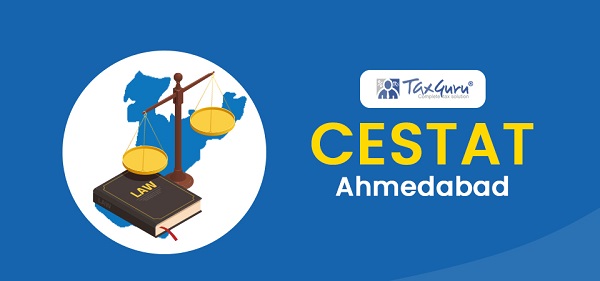Case Law Details
Assessee alongwith his wife jointly owned bungalow. The bungalow was sold at Rs.3/ crores. With this sum, they bought three flats, one in the Assessee’s name, another in the name of Assessee and his wife and third in the name of the wife. The Assessee claimed deduction under section 54 on purchase of two flats in which he is either a sole owner or a joint owner. Though these flats were acquired under two distinct agreements and from different sellers, what has been noted by the Tribunal as also the Commissioner of Income Tax (Appeals) is that the map of the general layout plan as well as internal layout plan in regard to flat Nos.103 and 104 indicate that there is only one common kitchen for both the flats. The flats were constructed in such a way that adjacent units or flats can be combined into one. However, admitted fact is that the flats were converted into one unit and for the purpose of residence of the Assessee. It is in these circumstances, the Commissioner held that the acquisition of the flats may have been done independently but eventually they are a single unit and house for the purpose of residence.
This factual finding could have been made the basis for recording a conclusion in favour of the Assessee. We do not find that such a conclusion can be termed as perverse. Reliance placed by the Tribunal on the order passed by it in the case of Ms Sushila M. Jhaveri and which reasoning found favour with this Court is not erroneous or misplaced. The language of the section has been noted in both the decisions and it has been held that so long as there is a residential unit or house, then the benefit or deduction cannot be denied. In the present case, the unit was a single one. The flats were constructed in such a way that they could be combined into one unit. Once there is a single kitchen then, the plans can be relied upon. We do not think that the conclusion is in any way impossible or improbable so as to entertain this Appeal. In this peculiar factual backdrop, this Appeal does not raise any substantial question of law. The Appeal is devoid of any merit and is dismissed. No order as to costs.
Please note that Proposed amendment in Section 54 vide Finance Bill 2014 has overruled the Judgment in this and also in cases of CIT v. Smt. K.G. Rukminiamma [2011] 331 ITR 211, CIT vs. Khoobchand M. Makhija [2014] 43 taxmann.com 143 (Karnataka). Amendment proposes toclarify that the exemption u/s 54 is only available in respect of purchase or construction of one residential house in India






















After the recent amendment publishing of this article should have been with the last para at the beginning of the article.
Where the large familes are involved and after selling their property members buy units (flats) where all members are accmodated then the flats has to be taken as residential unit because in this case the definition of residential unit is expanded according to the need of members of the family who were otherwise forced to sell their old house because with the passage of time the old house was not big enough to accommodate all the increasing number of members in the family.Therefore, the definition of “RESIDENTIAL UNIT” may be taken first for the consideration in such cases by the Government which is committed to bring the good days for the people of India. JAI HIND